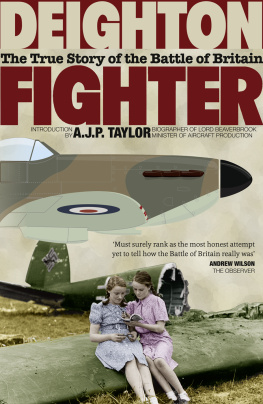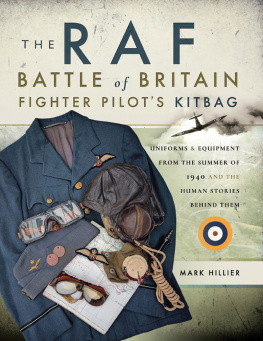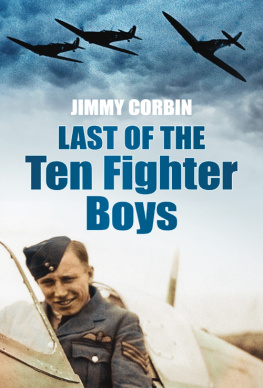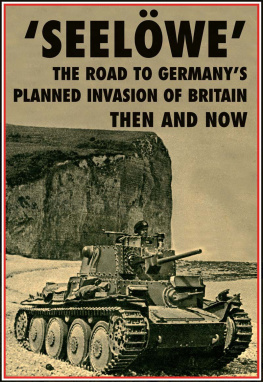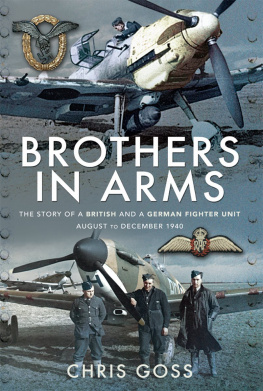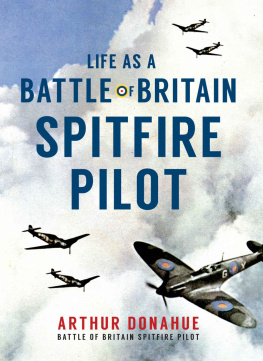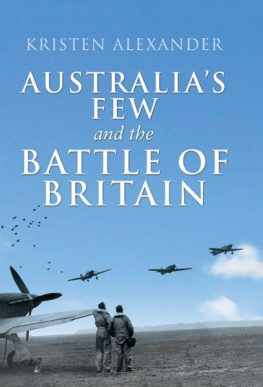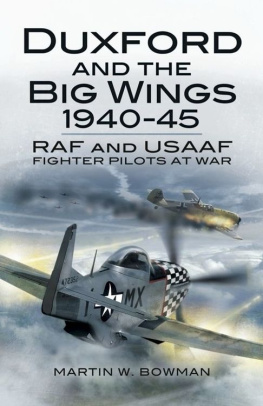C ONTENTS
Len Deighton was born in 1929. He worked as a railway clerk before doing his National Service in the RAF as a photographer attached to the Special Investigation Branch.
After his discharge in 1949, he went to art school first to the St Martins School of Art, and then to the Royal College of Art on a scholarship. His mother was a professional cook and he grew up with an interest in cookery a subject he was later to make his own in an animated strip for the Observer and in two cookery books. He worked for a while as an illustrator in New York and as art director of an advertising agency in London.
Deciding it was time to settle down, Deighton moved to the Dordogne where he started work on his first book, The Ipcress File. Published in 1962, the book was an immediate success.
Since then his work has gone from strength to strength, varying from espionage novels to war, general fiction and non-fiction. The BBC made Bomber into a day-long radio drama in real time. Deightons history of World War Two, Blood, Tears and Folly, was published to wide acclaim Jack Higgins called it an absolute landmark.
As Max Hastings observed, Deighton captured a time and a mood To those of us who were in our twenties in the 1960s, his books seemed the coolest, funkiest, most sophisticated things wed ever read and his books have now deservedly become classics.
FICTION
The Ipcress File
Horse Under Water
Funeral in Berlin
Billion-Dollar Brain
An Expensive Place to Die
Only When I Larf
Bomber
Declarations of War
Close-Up
Spy Story
Yesterdays Spy
Twinkle, Twinkle, Little Spy
SS-GB
XPD
Goodbye Mickey Mouse
MAMista
City of Gold
Violent Ward
THE SAMSON SERIES
Berlin Game
Mexico Set
London Match
Winter: The Tragic Story of a Berlin Family 18991945
Spy Hook
Spy Line
Spy Sinker
Faith
Hope
Charity
NON-FICTION
Action Cook Book
Fighter: The True Story of the Battle of Britain
Airshipwreck
French Cooking for Men
Blitzkrieg: From the Rise of Hitler to the Fall of Dunkirk
ABC of French Food
Blood, Tears and Folly
Fighter
The True Story of the Battle of Britain
LEN DEIGHTON

William Collins
An imprint of HarperCollinsPublishers
7785 Fulham Palace Road
London W6 8JB
www.WilliamCollinsBooks.com
First published by William Collins in 2014
First published in Great Britain by Jonathan Cape in 1977
Copyright Pluriform Publishing Company BV 2014
Len Deighton asserts the moral right to be identified as the author of this work
A catalogue record for this book is available from the British Library
All rights reserved under International and Pan-American Copyright Conventions. By payment of the required fees, you have been granted the non-exclusive, non-transferable right to access and read the text of this e-book on-screen. No part of this text may be reproduced, transmitted, downloaded, decompiled, reverse engineered, or stored in or introduced into any information storage and retrieval system, in any form or by any means, whether electronic or mechanical, now known or hereinafter invented, without the express written permission of HarperCollins
Cover design: Antoni Deighton
Cover illustration: Supermarine Spitfire Mk II P7350 of 603 Squadron based at RAF Hornchurch, October 1940; cover photograph shows two schoolgirls reading on the wing of a crashed Heinkel He 111 Imperial War Museum Archive
Source ISBN: 9780007531189
Ebook Edition FEB 2014 ISBN: 9780007549504
Version: 2014-03-05
The story of the Second World War is one of tremendous technological change combined with great human emotion. When I set out to design the covers for this reissue of Len Deightons trilogy of Second World War histories, Fighter, Blitzkrieg and Blood, Tears and Folly, I wanted to incorporate both of these elements into a unified design theme that could be used on all three books. The books were among the first to offer a balanced narrative of the war with both sides of the story being represented, and I felt it was essential that the cover designs were similarly complete.
To convey the concept of technological change and development I created illustrations that begin as a set of plans on the back cover and continue across the spine to become a full-colour image of a fighting machine on the front. Many things we take for granted today, such as the mobile phone, microwave and air-traffic control, owe their development to the innovation that took place during the war.
The Second World War affected the lives of every man, woman and child living in Western Europe between 1939 and 1945. Television news has made us accustomed to watching remotely piloted drones waging war from the safety of our living room sofas, uninvolved except for the opinions we choose to express. In contrast I felt it was important to remind readers of the direct participation and sacrifice made by everyone during the war, so I carefully chose photographs of women in a variety of roles.
One such woman was my grandmother, an audacious and inspirational person who left her job as a chef to become a skilled oxyacetylene welder making flame traps for night-fighters. Thousands of women like her, building airplanes, tanks and ships, were immortalized in America by the Rosie the Riveter campaign. Britains survival during the leanest days of the war owes a debt of gratitude to the Womens Land Army. These hard-working women succeeded in cultivating every available square foot of land and saved the country from starvation when the U-boat campaign was at its most successful.
The extraordinary women of the First Aid Nursing Yeomanry created a secret unit that was dropped by parachute behind enemy lines to undertake espionage work for the Special Operations Executive. Bletchley Parks work in cracking the Enigma codes is well known, and many of the brilliant code-breakers were women. The magnificent women ferry-pilots of the Air Transport Auxiliary flew everything from fast and nimble Spitfire fighters to large and powerful Lancaster heavy bombers, many with battle damage and in need of repair. The Royal Air Force and Royal Navy depended on an army of women radar controllers to manage their operations in the air and at sea.
The contribution to the war made by women was not limited to Britain. In America Jacqueline Cochranes famous Womens Airforce Service Pilots ferried military aircraft, while flight nurses the unsung heroines of the US Army provided critical medical attention to wounded soldiers, saving lives on both the European and Pacific fighting fronts. In Russia, too, all the Red Armys nurses were women. Those serving as front-line medics were also armed and expected to fight alongside their male comrades when not attending to the wounded. Their casualty rate was approximately equal to that of the Red Army infantry. These women demonstrated that they were every bit as willing to help win a war against an enemy that threatened the life they knew. Together they blazed a trail for equality and their lasting contribution to todays society deserves to be recognized.
Fighter: The True Story of the Battle of Britain

